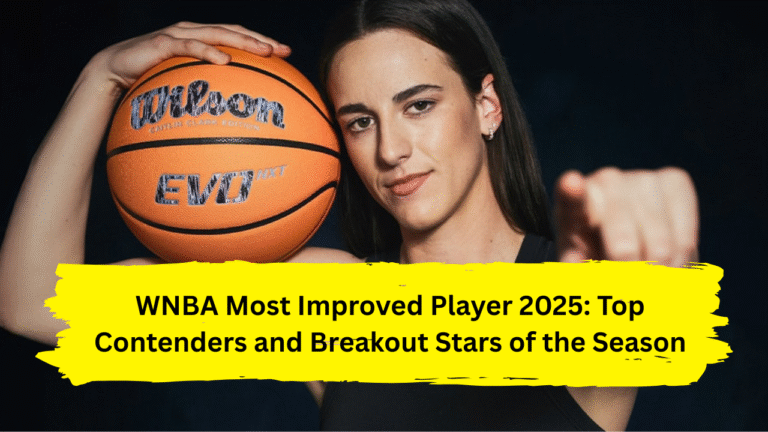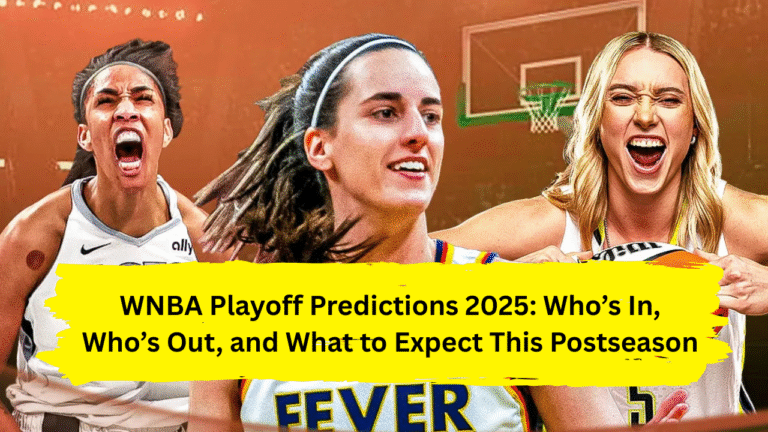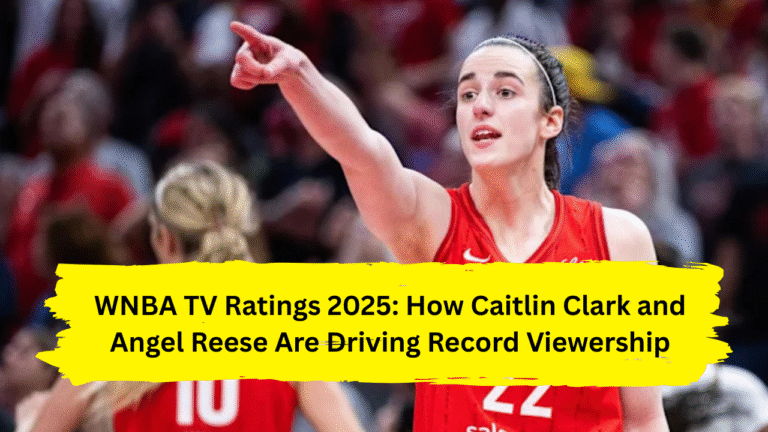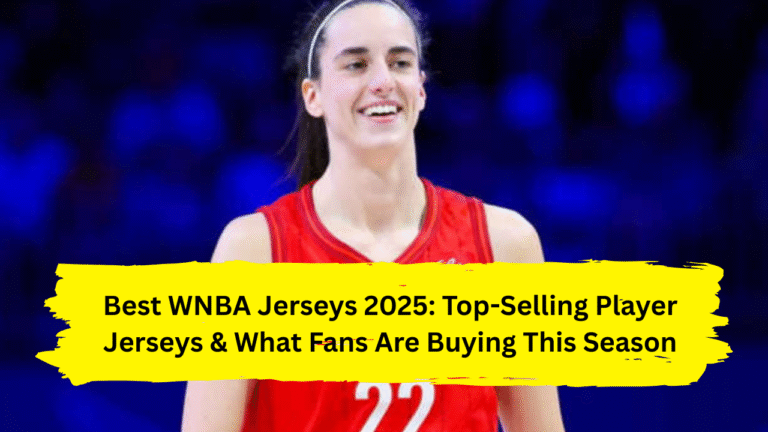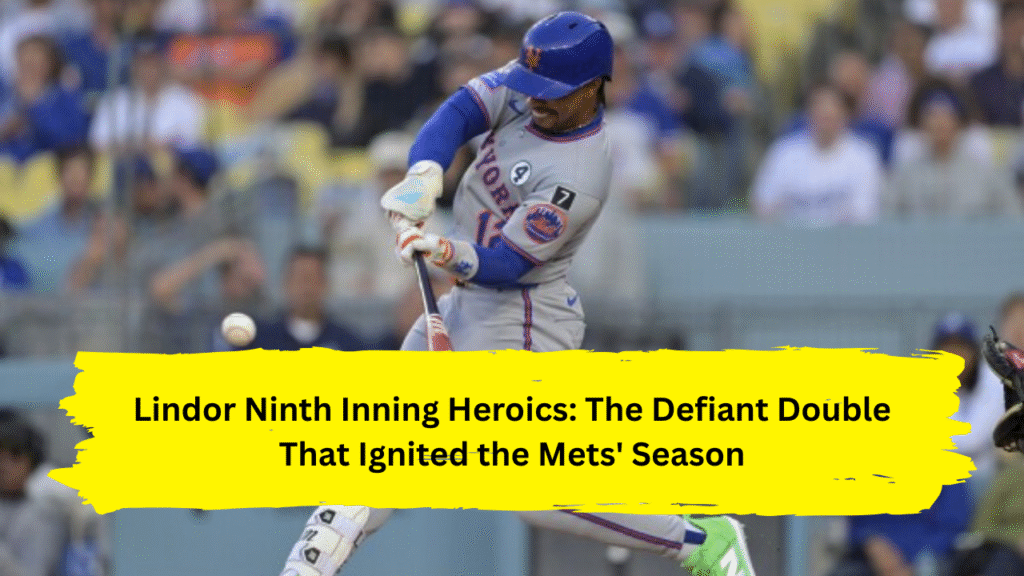
The energy at Citi Field had flatlined. Bottom of the ninth, two outs, runners clinging to first and second. The Mets trailed the lowly Rockies 6-5. Their $341 million superstar, Francisco Lindor, wasn’t even listed on the lineup card. Hobbled by a painful right elbow injury that sidelined him the past two games, he was a spectator, wrapped in ice, relegated to the dugout steps. Resignation hung thick in the Queens air. Then, manager Carlos Mendoza made a call that defied logic and medical reports. He summoned his injured shortstop to pinch hit. What followed wasn’t just a game-winning hit; it was a seismic moment of raw leadership and pure guts. Lindor, visibly wincing, launched a scorching two-run double down the right-field line, stealing a dramatic 7-6 victory and authoring a defining chapter in Mets lore with his unforgettable Lindor ninth inning heroics. This is the story of pain meeting purpose, and a franchise heartbeat restored by one swing.
The Weight of Expectation: Lindor’s Injury and the Season’s Tipping Point
Let’s be honest, the vibes around the Mets weren’t exactly electric leading into this late-June matchup. A promising start had fizzled into maddening inconsistency, and the pressure cooker of New York was starting to whistle. Francisco Lindor, the face of the franchise, mirrored the team’s struggle. While flashes of brilliance emerged, his overall production hadn’t yet silenced the critics eyeing his massive contract. Then came the injury – a flare-up in his right elbow after an awkward swing days prior. Simple throws became agonizing; swinging a bat felt nearly impossible. Team doctors preached caution; aggravating it risked a lengthy IL stint. He was “day-to-day,” which often translates to “not playing today.” You could sense the collective sigh from the fanbase: Another setback. Another reason to doubt. Lindor watched the first eight innings intently, elbow wrapped, frustration etched on his face. The Mets battled, clawing back from deficits, but as the 9th inning unfolded with the Rockies holding that slim lead, the familiar script of disappointment seemed inevitable.
Mendoza’s Leap of Faith and Lindor’s Unflinching “Yes”
When the moment of truth arrived – two outs, the tying run on second, the winning run on first – Mendoza faced a gut-wrenching decision. His bench options were thin. Sending up a healthy but less threatening hitter was the safe, logical play. Asking Lindor, clearly compromised, to step into the box against Rockies closer Tyler Kinley and his high-90s heat? That bordered on managerial madness. But Mendoza saw beyond the medical report. He saw the fire burning in Lindor’s eyes throughout the game. He saw the leader desperate to carry the load. The manager posed the simple, monumental question: “Can you do this?” Lindor’s response, delivered without a second thought, was a resolute “Yes.” It was a gamble that threw analytics and caution to the wind, banking entirely on heart and star power. Imagine that weight: Every practice swing in the on-deck circle sent jolts of pain through his elbow. The hopes of a city, the scrutiny of the contract, the fragility of the season – all resting on one excruciating swing. How many stars, genuinely injured, would even pick up that bat? Lindor didn’t just pick it up; he marched towards the batter’s box like he owned it, transforming Citi Field’s despair into electric anticipation. This was the crucible for Lindor ninth inning heroics.
The Swing That Rocked Queens: Anatomy of a Legendary Moment
Kinley, armed with a ferocious fastball and a biting slider, represented one of the toughest late-inning challenges in baseball. Lindor, visibly favoring his right side, looked vulnerable, almost overmatched. The first pitch? A nasty slider that Lindor swung through awkwardly. A grimace flashed across his face. The crowd collectively winced. Kinley, smelling blood, came back with another slider. This one, however, caught too much of the plate. This was the pitch Lindor had waited for. Despite the pain restricting his full rotation, his elite bat speed and uncanny hand-eye coordination took over. He didn’t try to hit a majestic, towering homer; he focused on pure, hard contact. The crack of the bat was instantaneous, a sound of perfect connection. The ball screamed down the right-field line, a laser guided by sheer will and precision. As it rattled into the corner, DJ Stewart and Brandon Nimmo raced home. Lindor erupted from the box, roaring towards second base, a cathartic release of pent-up pressure and physical agony. That Lindor ninth inning heroics double wasn’t a fluke; it was elite talent fused with indomitable spirit under the brightest, most painful spotlight. The Mets dugout emptied in a frenzy, engulfing their hobbled hero at second base. The sound? Pure, unadulterated Queens euphoria. Pandemonium.
Beyond the Box Score: The Ripple Effect of True Grit
Sure, the standings show one more win in late June, nudging the Mets closer to .500. But the impact of Lindor’s ninth inning heroics resonated far deeper than a single game. It was a psychological earthquake for the team and its faithful. Lingering doubts – *Is Lindor *really* the leader? Can he deliver when it hurts?* – were vaporized in the wake of that double. Teammates witnessed their highest-paid player willingly sacrifice his body for the team’s survival. “That’s my shortstop,” Pete Alonso declared post-game, a sentiment echoing through the clubhouse. For fans drowning in early-summer frustration, it was a visceral, unforgettable reminder of why baseball captivates us – those sudden, stunning moments where one player defies logic and ignites collective belief. It shifted the narrative overnight from “What’s wrong with Lindor?” to “What can’t this guy do?” Most crucially, it injected a potent serum of gritty resilience and unwavering belief into the Mets’ DNA. This wasn’t just a victory; it was a declaration that this team, led by a warrior shortstop, possessed a refusal to quit. How much is that kind of emotional currency worth over a grueling 162-game season? Absolutely everything.
Cementing a Legacy: Leadership Forged in Fire
Lindor’s resume boasts All-Star appearances, Gold Gloves, and Silver Sluggers. But moments like these ninth inning heroics forge a different kind of legacy, one etched in courage and clutch performance. True greatness isn’t solely measured by seasonal averages; it’s crystallized in the white-hot pressure of the clutch, under adversity, when the easy path is to retreat. Lindor could have sat comfortably in the dugout, cited the doctor’s orders, and faced no blame. Instead, he chose the pain, the immense pressure, and the very real possibility of failure because his team needed him. That’s the indelible mark of a franchise cornerstone. It evoked memories of Derek Jeter’s bloody walk-off or Kirk Gibson’s iconic World Series homer – moments where physical limitations were obliterated by sheer force of will for the greater good. It proved Lindor doesn’t just play in New York; he embodies its relentless, never-say-die soul. When future generations recount Mets lore – alongside Mookie’s catch, Endy’s leap, and Piazza’s post-9/11 homer – they will speak of the night a hurting Francisco Lindor stepped into the abyss and delivered a double that reignited a season’s spirit.
Conclusion: The Echo of Resilience
The final out was recorded, the celebration subsided, but the image remained seared into memory: Francisco Lindor, elbow throbbing, standing triumphantly on second base, engulfed by a sea of jubilant teammates, a stadium shaking with pure, disbelieving joy. That Lindor ninth inning heroics double was more than just two RBIs in a June game. It was a masterclass in leadership, a testament to playing through pain, and an explosion of pure, unscripted drama that reminds us why baseball is magical. It underscored why stars earn that title – not just for their dazzling talent, but for the courage to wield it when every movement hurts and an entire city holds its breath. For the Mets, it wasn’t merely a win; it was the spark that reminded them of their identity and the warrior who leads them. For Lindor, it was the moment he didn’t just meet New York’s towering expectations; he soared above them, one excruciating, glorious swing at a time. So, next time you see a star player sit with a minor ailment, remember Lindor’s night. Remember the grimace turning to a roar. Remember the crack of the bat that defied pain and echoed a timeless truth: Some players are forged for the moment, especially when it hurts the most. That’s the enduring power of Lindor ninth inning heroics.
Also Read: Latest Trending News

